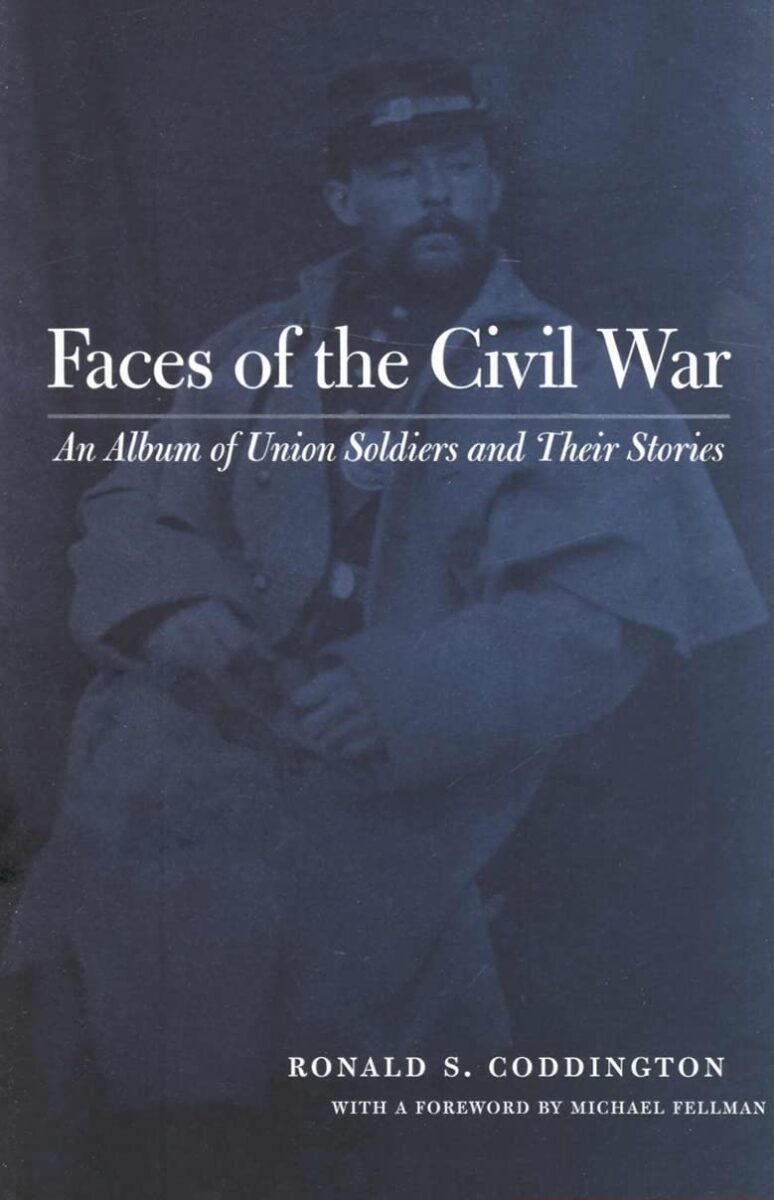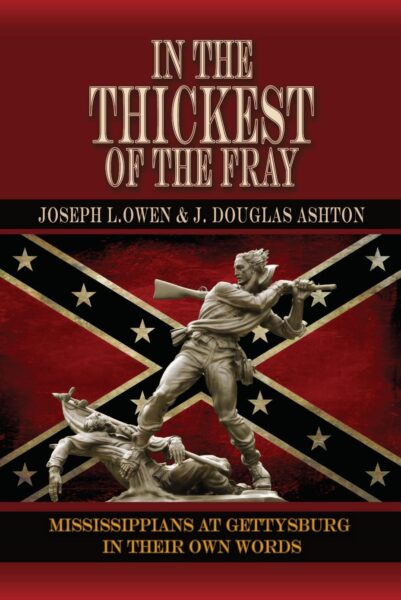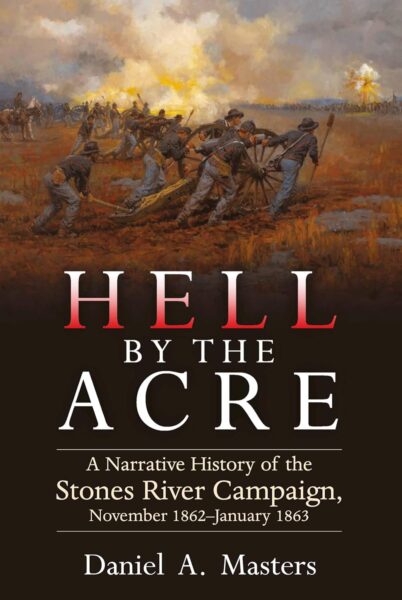Ron Coddington’s Faces of the Civil War: An Album of Union Soldiers and Their Stories grew out of his interests as a photographer and a collector of Civil War-era cartes de visite. The cartes-de-visite craze lasted for little more than a decade, but it ensured that thousands of the four-inch-by-two-and-a-half-inch photographic portraits would provide later collectors like Coddington no shortage of images of Civil War soldier portraits. Coddington’s collecting, in turn, took the form of a popular column he began writing for Civil War News in 2001, featuring selected cartes-de-visite and the stories of the soldiers pictured on them. In 2004, the column took on book form as Faces of the Civil War, and Faces has since then been joined by two companion volumes, Faces of the Confederacy: An Album of Southern Soldiers and Their Stories (2008) and most recently, African American Faces of the Civil War: An Album (2012).
Faces of the Civil War is a collection of seventy-six Union cartes-de-visite photographs. Apart from Coddington’s decision to limit himself to Union soldiers below the rank of colonel, there is no attempt at presenting some scientific sampling, apart from what Coddington has been able to pick up at auctions, flea markets, and Civil War shows. But that randomness has an attraction of its own, since it pulls an interesting but unbiased sampling of Union soldiery out for view. Given Coddington’s home base on the east coast, eastern-theater Yankees form the single largest group within the seventy-six. One-third of them come from Massachusetts alone; another twenty-two are from New York; only nine represent Western regiments (one Iowa, one Ohio, two Illinois, one each from Indiana, Wisconsin and Missouri, and two from Kansas).
Coddington has organized these images more-or-less in order of the most important battle in which their owners fought, and most of the major Eastern theater engagements are represented – two from 1st Bull Run, three from Gettysburg, three from the Wilderness, two from Cold Harbor, four from Petersburg. Quite a few, surprisingly, saw no action at all: a paymaster, a veterinary surgeon, assorted recruiting officers, and a horse thief. Two served as US Colored Troops officers. A dismayingly high number – thirteen – were either killed in action, died shortly afterward of wounds, or died from disease in the army; one suffered a heart attack on board a transport and was buried at sea, while another who had been wounded was waylaid and shot to death by Mosby’s partisans when his ambulance convoy was attacked. On the other hand, Hiram Davis of the 10th Vermont hung on until 1930; fifteen others made it into the twentieth century, and one was still commanding troops in 1903, during the Philippine Insurrection.
The pre-war occupations which Coddington has been able to tease from muster papers and pension records in the National Archives re-inforces the argument that the Civil War was not just a poor man’s fight. Of the seventeen whose pre-war positions can be known with some certainty, one was a lawyer, one was a member of a Boston publishing firm, one was a mill superintendent, four were clerks, and the rest were a mélange of school teachers, blacksmiths, boatmen, sign-painters, shoe-makers, and a Baptist preacher from Canada. One of them, John Toffey of the 33rd New Jersey, won the Medal of Honor for valor at Chattanooga in 1863. Thomas Brown, the chaplain of the 21st Connecticut, had been a young soldier in the War of 1812 and a Congregationalist minister, and joined-up in May of 1863. He turned out to be genuine fighting parson, handing out ammunition and prayer on the front line and earning “the love of every one of us” in the regiment (157). The rest fell rather more short of the heroic. One of them, Samuel Oliver, was so incompetent an officer that he was shunted around to three different regiments.
The saddest feature of this gallery of faces is the miserable endings so many of them came to in the years after the war. A handful prospered. One became a state senator, another a judge, another a county sheriff. But all too many others came out of the war hopelessly wrecked, and far beyond the power of post-war pensions to heal. They suffered from deafness, blindness in one eye, poisoning from smallpox vaccinations, typhoid, neuralgia, alcoholism, paralysis, and above all depression. George Hardy of the 21st Massachusetts was hit in the spine at Petersburg and suffered violent seizures for years thereafter, until in 1868 he simply boarded a train and disappeared. Robert Hastie of the 11th Wisconsin nearly drank himself to death during the war, but managed to sober up after joining the Independent Order of Good Templars – only to die of cirrhosis of the liver in 1913. Sidney Breese of the 6th Missouri Cavalry survived the war, but fell prey to depressive episodes like “a cloud over his brain that would not let him think” (141), and in 1903 finally shot himself. Capt. George Decker of the 143rd New York was another veteran who developed a problem with the bottle during the war, and in 1875, shot his wife and then cut his own throat. (The wife survived). The Civil War had never heard of PTSD, but the veterans had it in spades.
This is not a book about the glory-glory-hallelujah of Liberty and Union. Strictly speaking, the men depicted here represent only .0003% of all those who wore the United State uniform in the Civil War, which makes the word represent seem an overreach. But in their own ordinary way, they have a story to tell about the ordinariness of the Civil War, of its destructiveness to the spirit as well as to the body. It was not a “good war,” and these faces tell that tale all too well.
Allen C. Guelzo is the Henry R. Luce Professor of the Civil War Era at Gettysburg College and most recently the author of Fateful Lightning: A New History of the Civil War and Reconstruction (2012).





